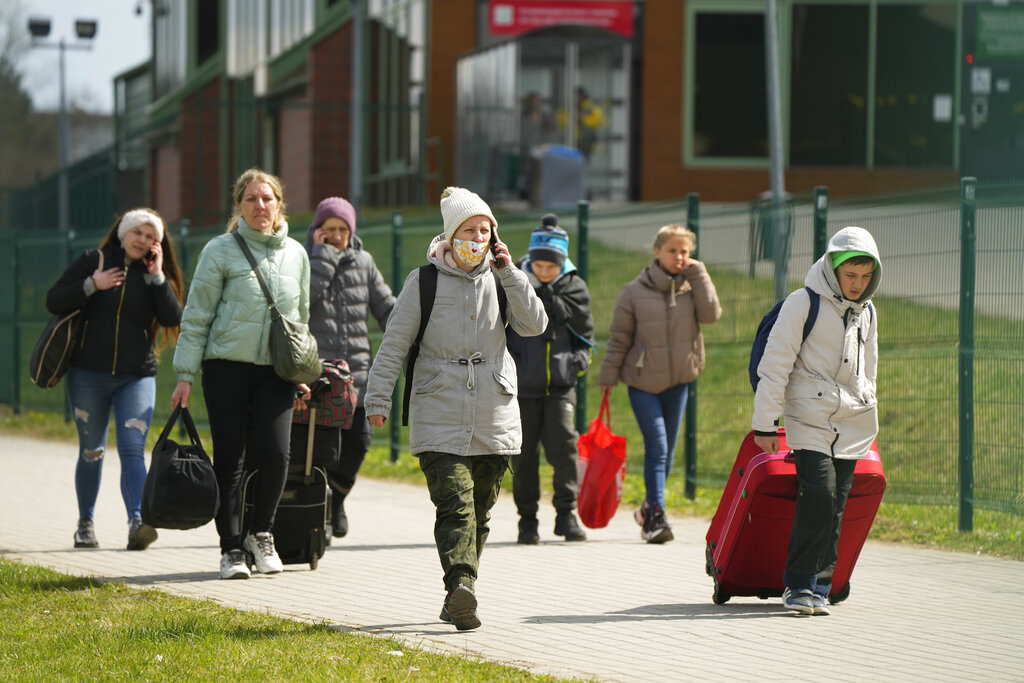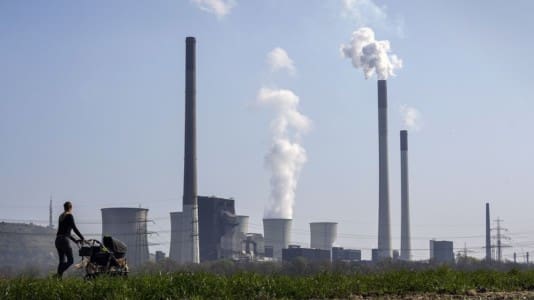Following the wave of immigration into Poland as a result of the Russian invasion of Ukraine, Poland’s population has been calculated at 41.5 million, exceeding 40 million for the first time in the country’s history.
A report on refugees in Poland by the Union of Metropolitan Cities has revealed the astronomical population growth in some cities, with southeastern Rzeszów growing by over 50 percent and the capital city of Warsaw expanding by 15 percent. The report has raised concerns that the rapid population increase could lead to social tensions.
According to the report, 70 percent of the Ukrainian influx of refugees has opted to temporarily settle in the 12 largest cities that make up the Union of Metropolitan Cities.
Some 470,000 have settled in Warsaw, 300,000 each in Katowice and Wrocław, 230,000 in Kraków, as well as over 220,000 in Gdańsk and over 150,000 in Rzeszów, with the last city seeing population growth exploding higher by 53 percent.
Poznań and Łódz have grown by just over 100,000; Lublin, Szczecin, and Bydgoszcz by approximately 80,000; and Białystok by over 60,000.
According to the report, the rapid rise in the population of Polish cities is bound to lead to pressure on public services along with the labor and housing markets.
The report assesses positively the government’s measures to integrate the newcomers into the health, education and social insurance system, as well as the hospitality and openness shown to the refugees.
It concludes that cities do not want to build refugee camps or temporary hospitals. Instead, they want to create a system for utilizing and expanding housing stock and to improve the capacity of existing health service outlets.






